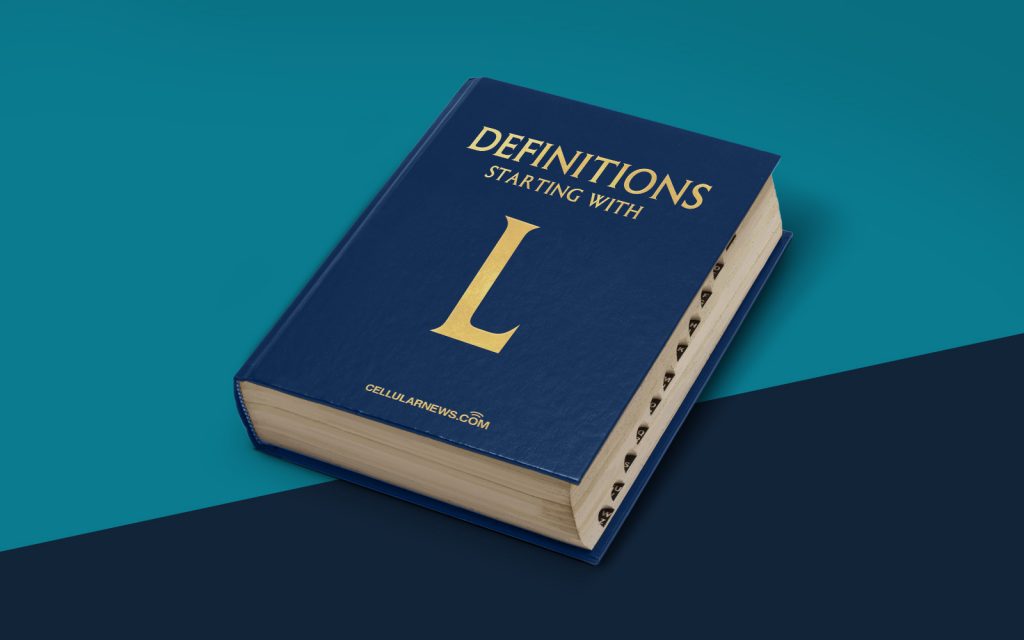
What is Look and Feel?
When it comes to designing a website or an application, one term that you might come across is “look and feel.” But what exactly does it mean? In simple words, the look and feel refer to the overall design and user experience of a website or an application. It encompasses various elements like the visual aesthetics, layout, and usability that determine how users perceive and interact with the digital product.
Key Takeaways:
- Look and feel refers to the overall design and user experience of a website or an application.
- It includes visual aesthetics, layout, and usability that shape users’ perception and interaction.
Let’s break down the key components that contribute to the look and feel of a website or application:
- Visual Aesthetics: The visual aesthetics play a vital role in the overall look and feel. It involves choosing the right color scheme, typography, and imagery that aligns with the brand identity and evokes the desired emotions in users. An appealing visual design creates a positive first impression and engages users from the moment they land on the website or open the application.
- Layout and Structure: The layout and structure of a website or application determine how information is organized and presented to users. It involves deciding the placement of various elements like headers, content sections, navigation menus, and call-to-action buttons. A well-structured layout ensures easy navigation and smooth user flow, enhancing the overall user experience.
- User Interaction: The user interaction aspect of look and feel focuses on how users can interact with the digital product. This includes the responsiveness of buttons and links, the ease of filling out forms, and the intuitiveness of the navigation. Providing a seamless and intuitive user experience encourages users to explore and engage with the website or application.
- Consistency: Consistency is a crucial factor in creating a cohesive look and feel. Ensuring consistency in design elements and patterns throughout different pages of the website or screens of the application helps users familiarize themselves with the interface and builds trust. Consistency also extends to the tone of voice used in text content, ensuring a unified brand persona.
Having a well-crafted look and feel has several benefits:
- Enhanced User Experience: A thoughtfully designed look and feel provide a user-friendly experience, making it easier for users to navigate and interact with the digital product.
- Brand Identity and Recognition: A consistent look and feel aligned with a brand’s identity help users recognize and remember the brand, reinforcing brand loyalty and trust.
Designing an effective look and feel requires a balance between creativity and usability. It is essential to understand the target audience, their preferences, and their expectations to create a design that resonates with them. Overall, the look and feel of a website or application is a critical factor in shaping users’ perception and ensuring a successful user experience.
So, the next time you come across the term “look and feel,” you’ll have a better understanding of its meaning and significance in the digital design world.
